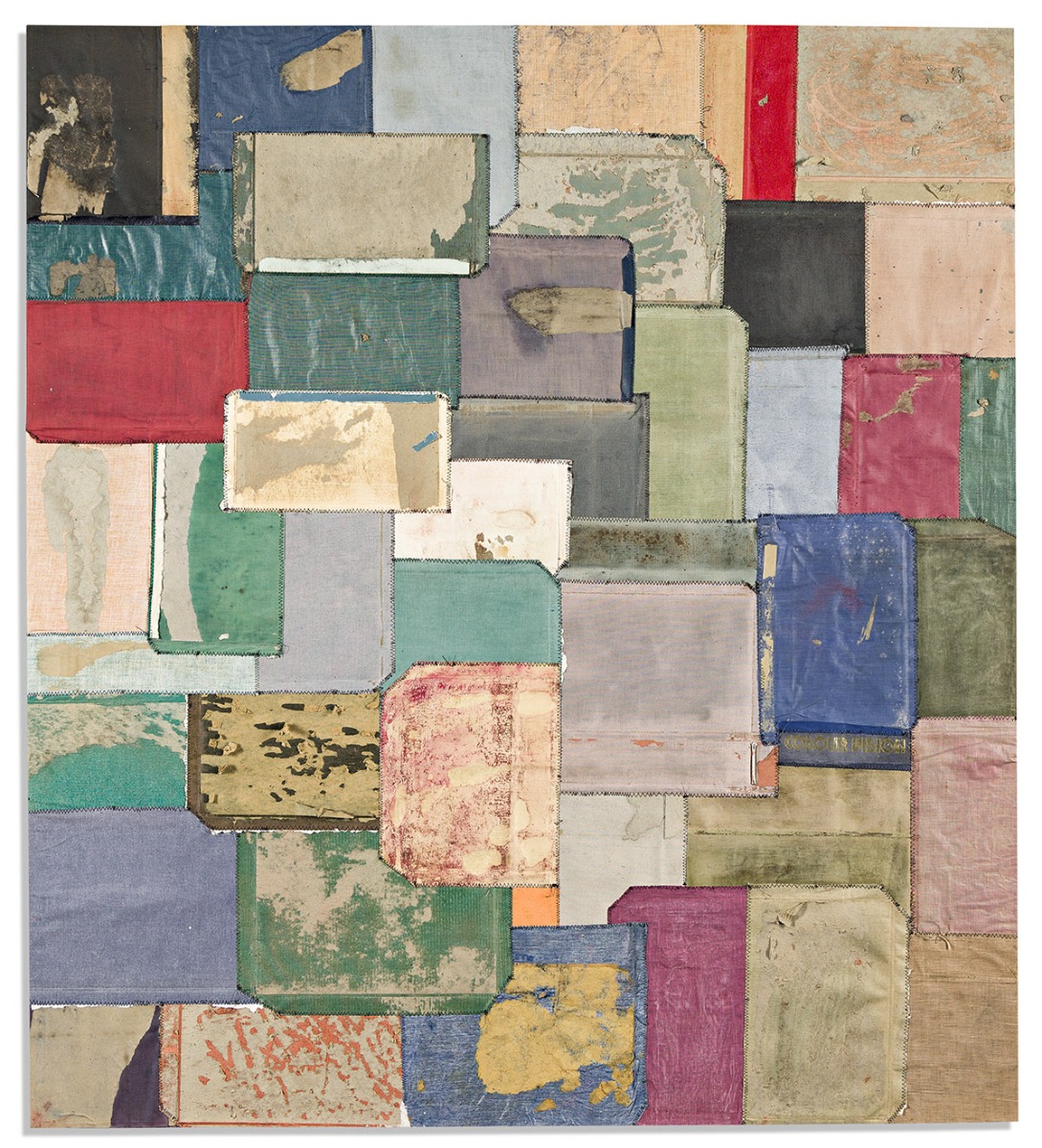
Specialist

Exhibition Hours
Oct 14, 12–5; Oct 16, 12–5; Oct 17, 12–5; Oct 18, 12–5
Sale 2649 - Lot 204
Additional Images
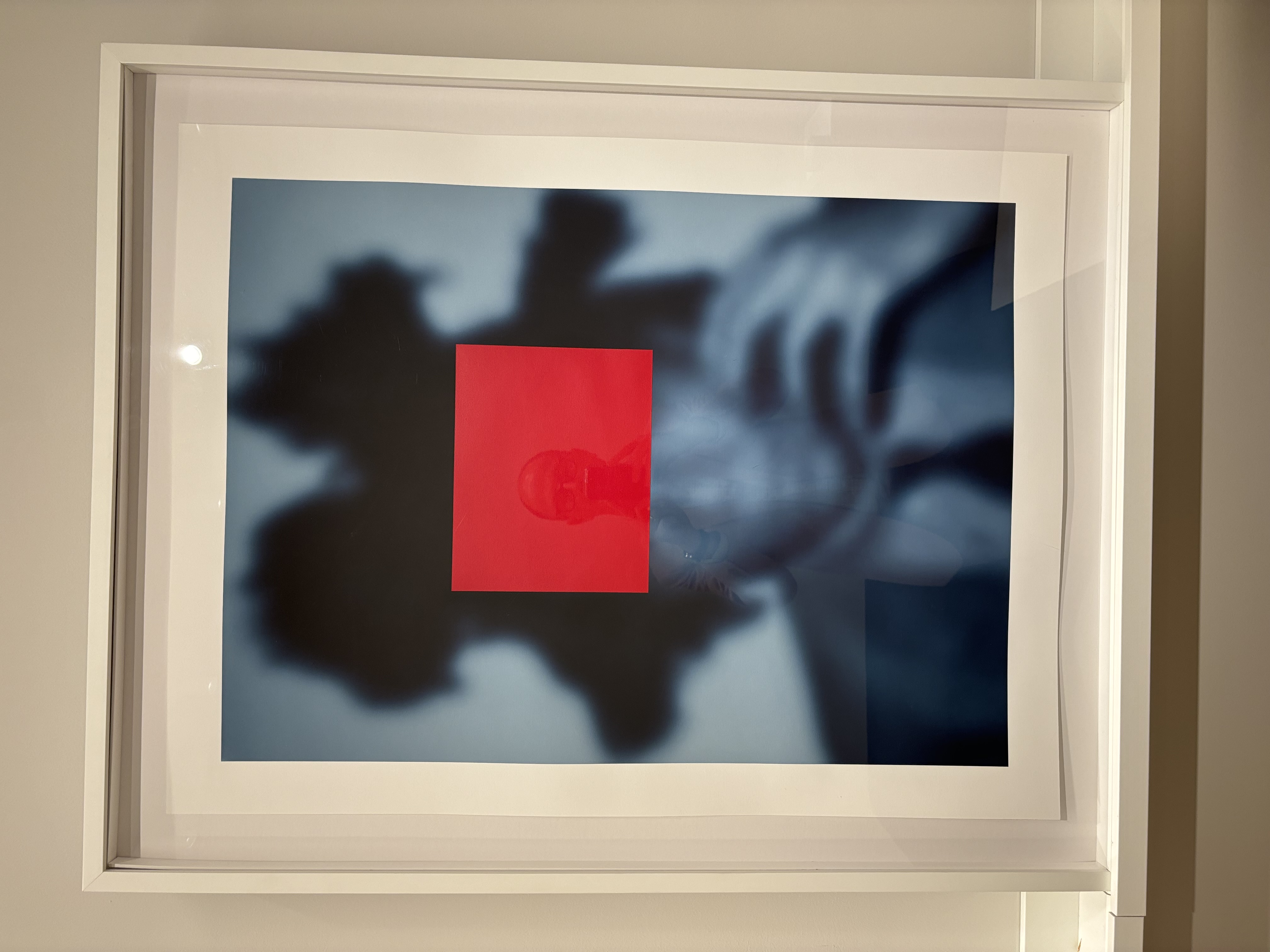
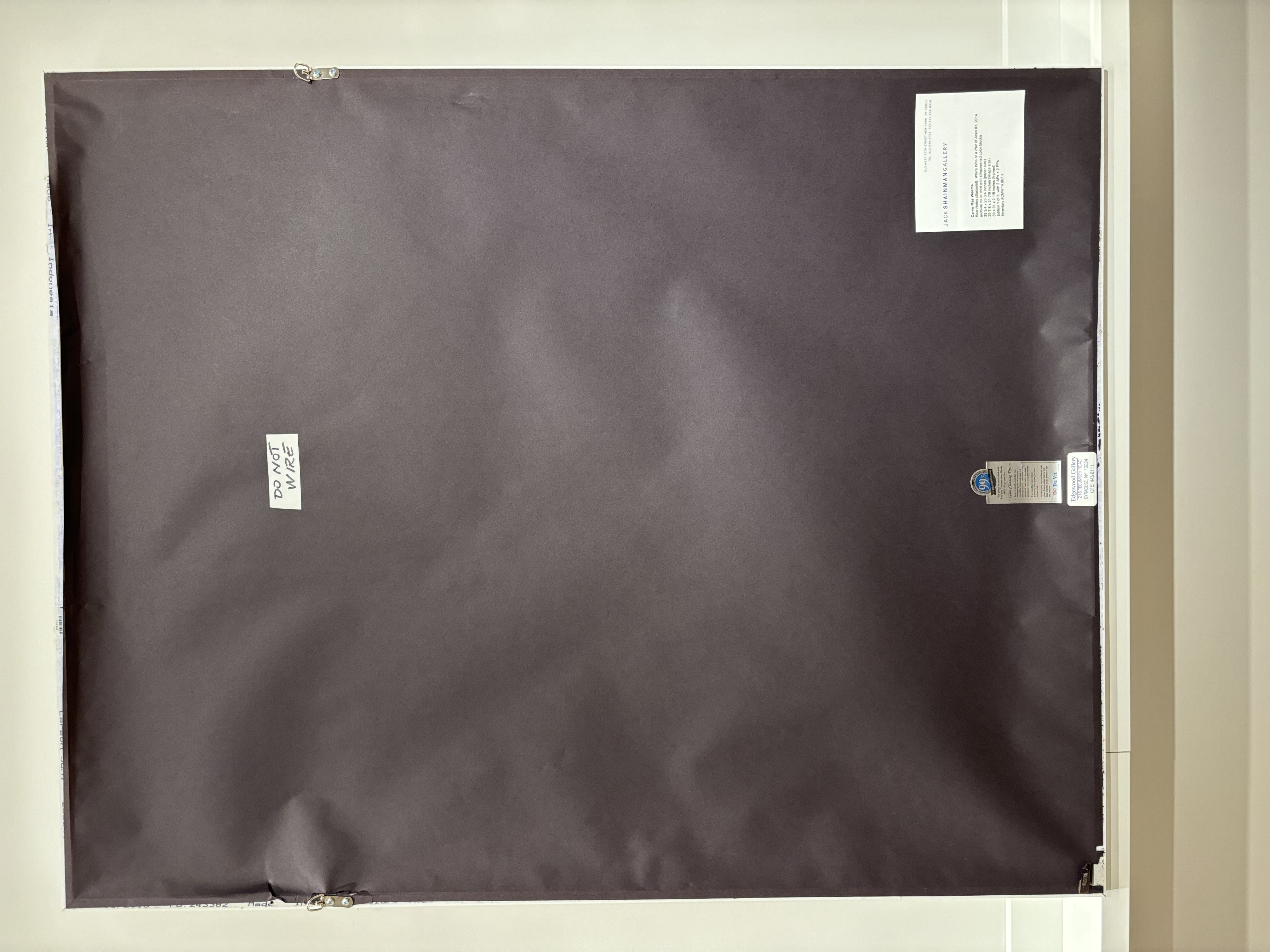
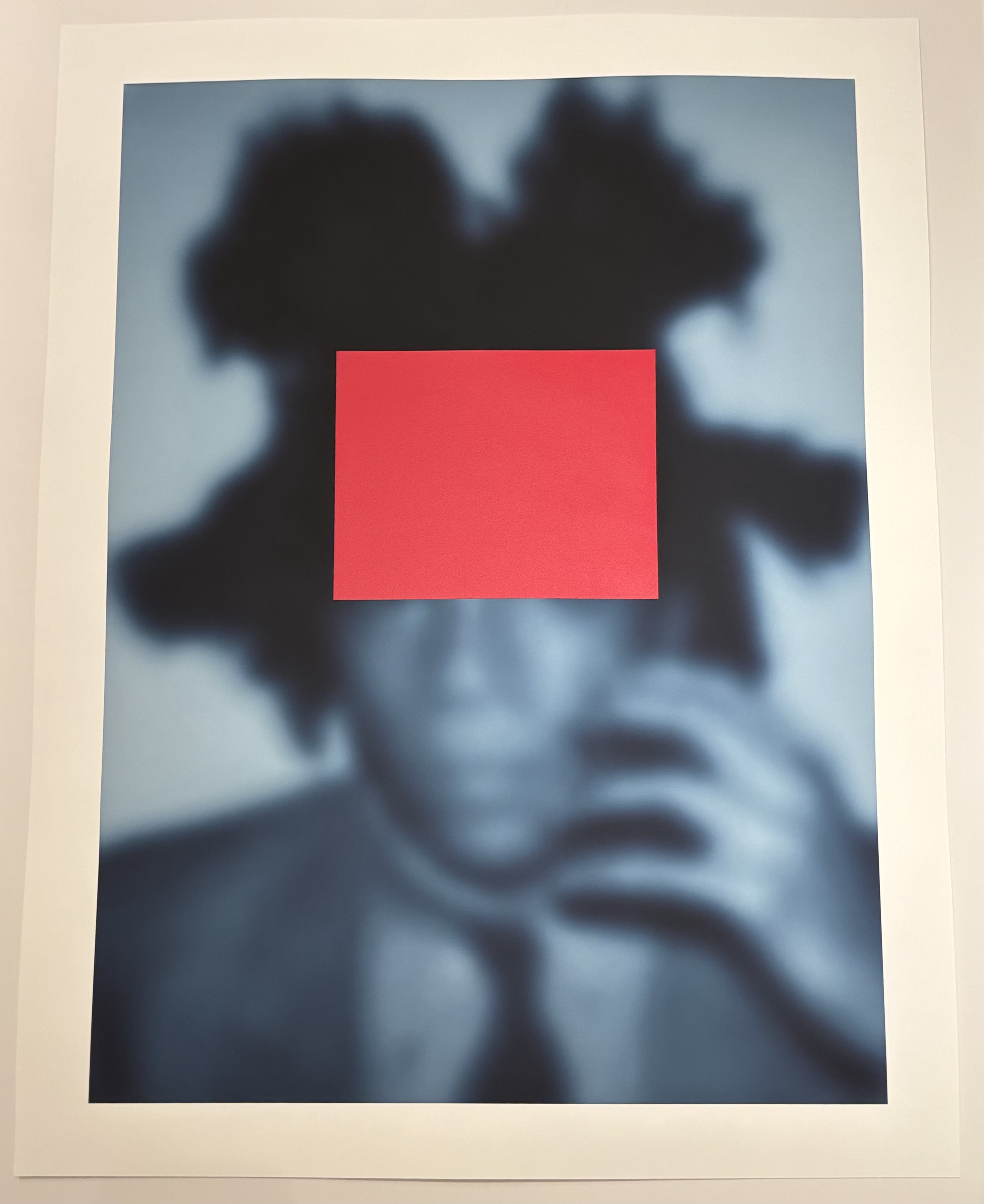
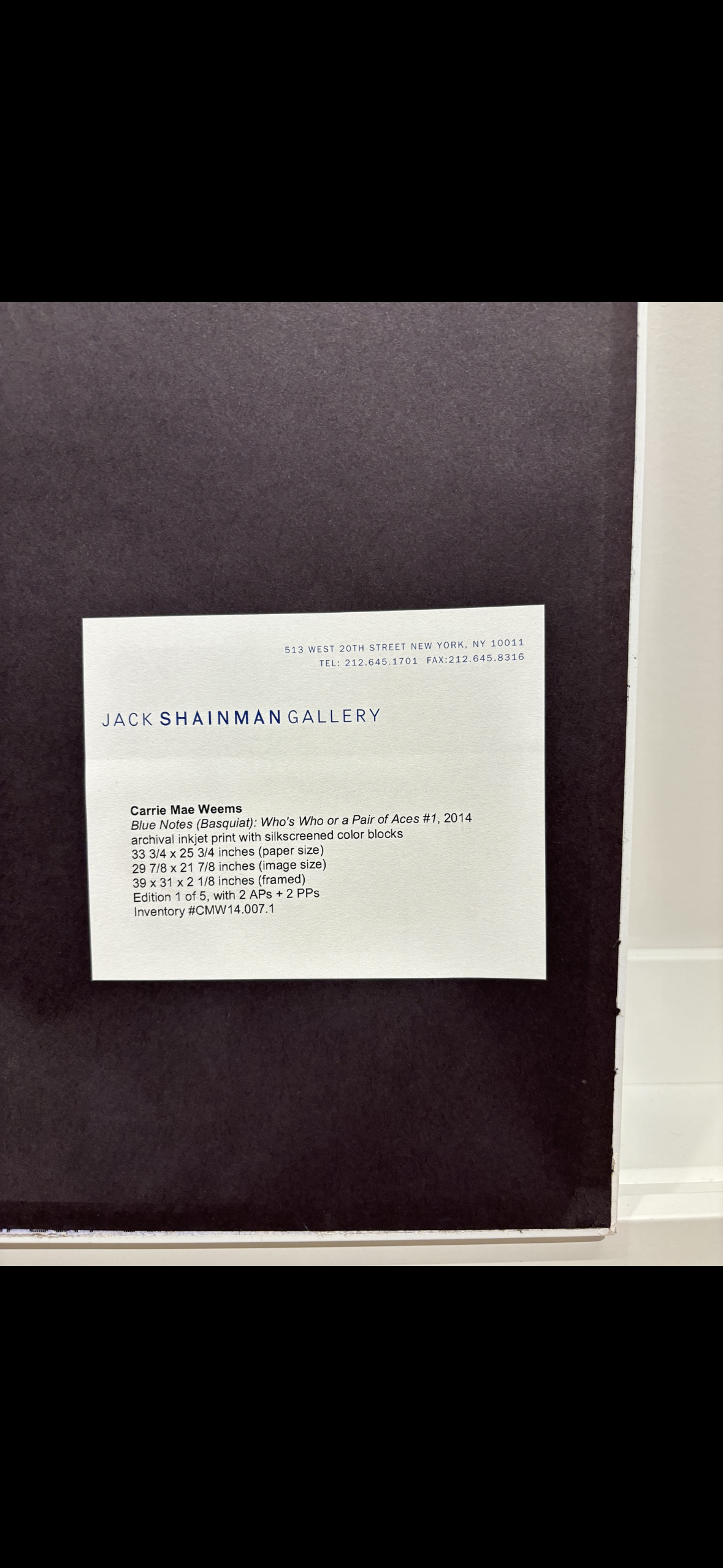
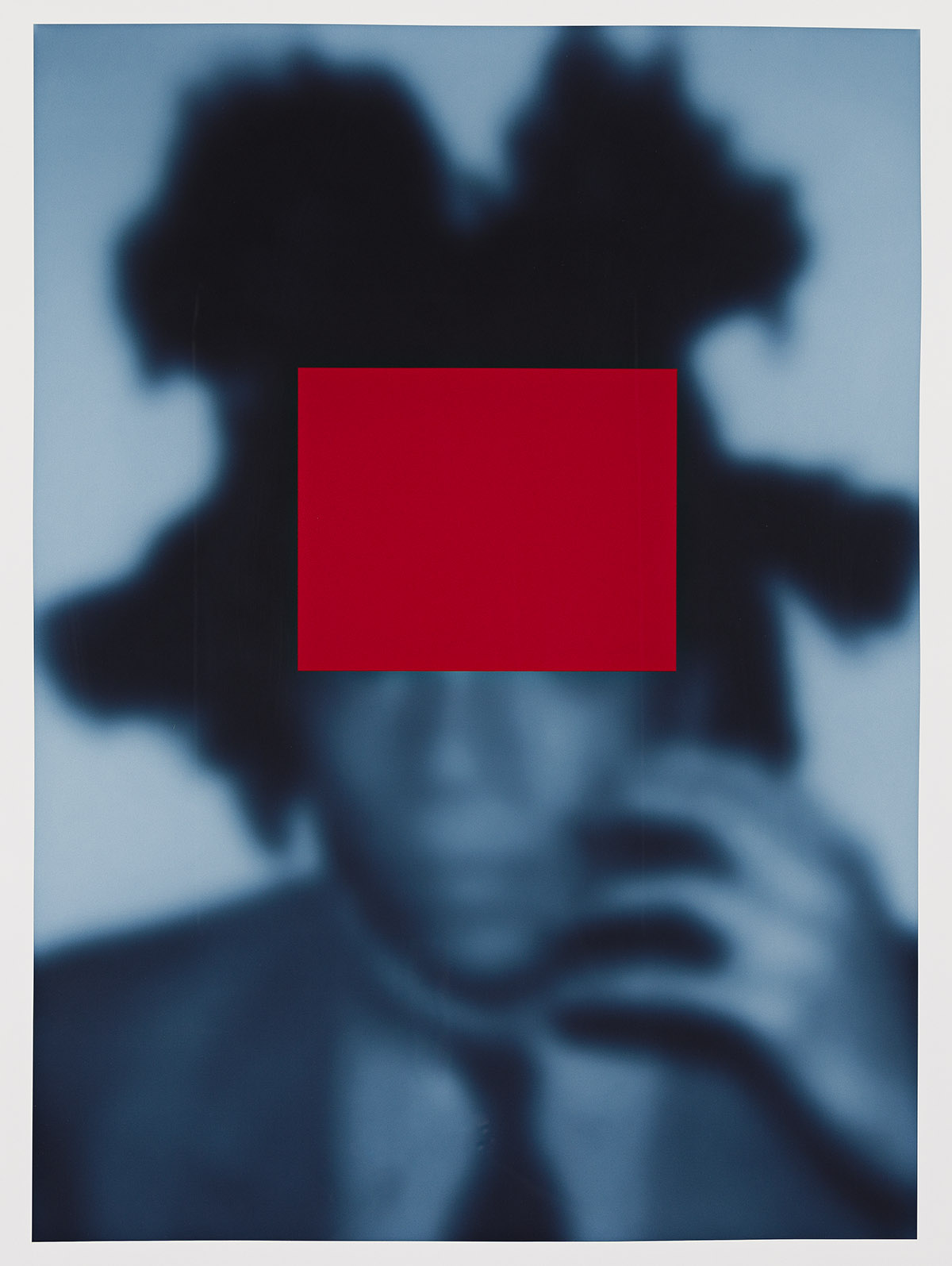








1 /
5







Sale 2649 - Lot 204
Estimate: $ 30,000 - $ 40,000
CARRIE MAE WEEMS (1953 - )
Blue Notes (Basquiat): Who's Who or a Pair of Aces #1.
Archival inkjet print with color screenprint, 2014. 857x654 mm; 33 3/4x25 3/4 inches (sheet). Edition 1 of 5, with 2 APs and 2 PPs.
Provenance: acquired from Jack Shainman Gallery, New York, with the gallery label on the frame back; private collection (2016).
Exhibited: Carrie Mae Weems, Jack Shainman Gallery, New York, October 29 - December 10, 2016.
The Blue Notes series features portraits of black artists like Dinah Washington and Jean Michel Basquiat superimposed with boxes of primary colors. The visual layering is a reflection of America's historical erasure of black artists. Weems alters aesthetics to critique politics, race, gender, and the social construct of identity. Her modernist use of color blocking creates a strong contrast in the image and others the individuals as they would've felt society imposing their needs upon them. The original image Weems used is a portrait of Basquait shot by Andy Warhol in 1982.
Blue Notes (Basquiat): Who's Who or a Pair of Aces #1.
Archival inkjet print with color screenprint, 2014. 857x654 mm; 33 3/4x25 3/4 inches (sheet). Edition 1 of 5, with 2 APs and 2 PPs.
Provenance: acquired from Jack Shainman Gallery, New York, with the gallery label on the frame back; private collection (2016).
Exhibited: Carrie Mae Weems, Jack Shainman Gallery, New York, October 29 - December 10, 2016.
The Blue Notes series features portraits of black artists like Dinah Washington and Jean Michel Basquiat superimposed with boxes of primary colors. The visual layering is a reflection of America's historical erasure of black artists. Weems alters aesthetics to critique politics, race, gender, and the social construct of identity. Her modernist use of color blocking creates a strong contrast in the image and others the individuals as they would've felt society imposing their needs upon them. The original image Weems used is a portrait of Basquait shot by Andy Warhol in 1982.





